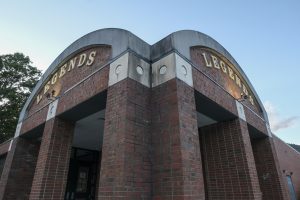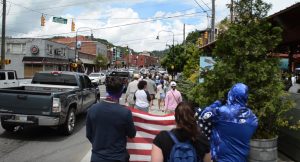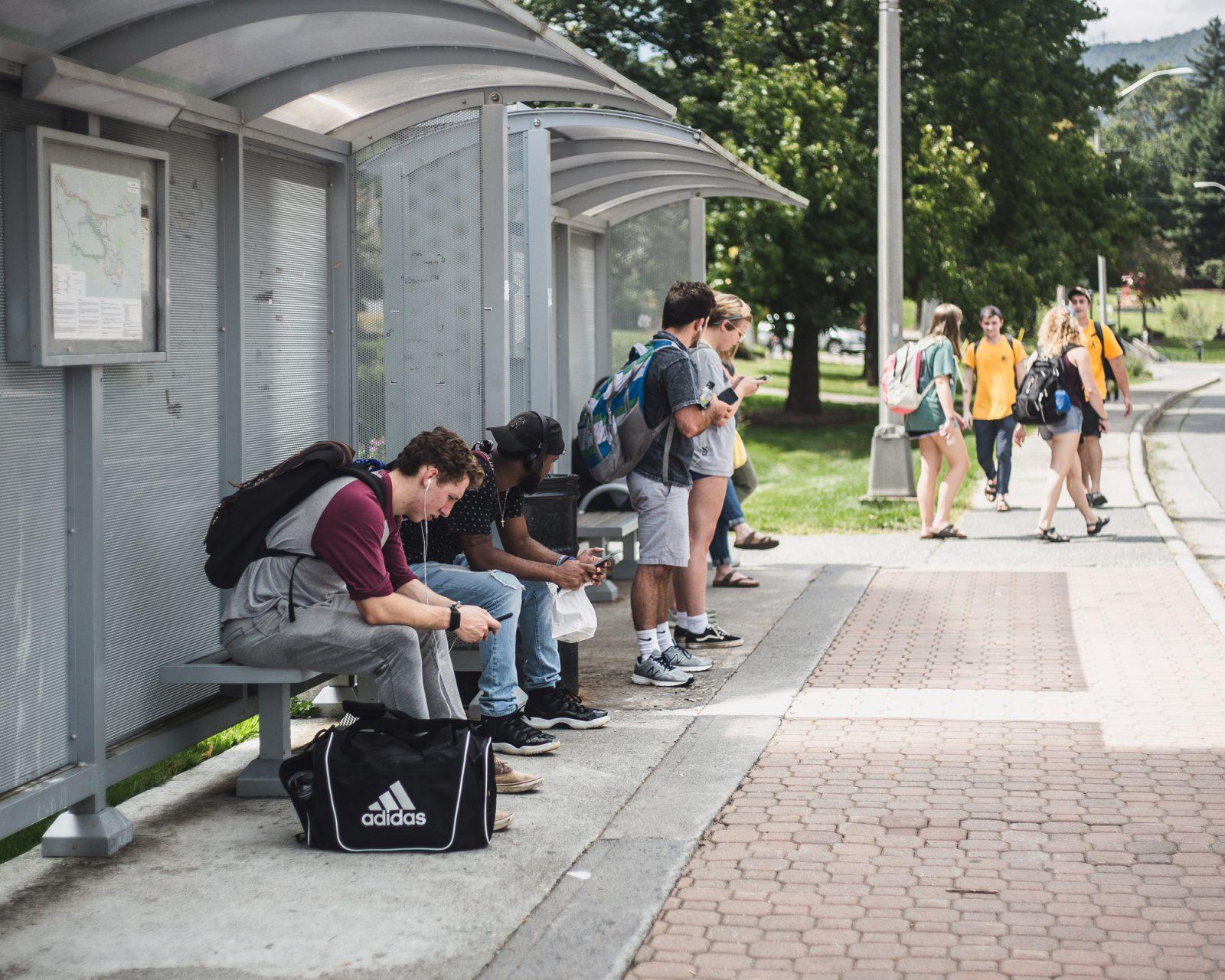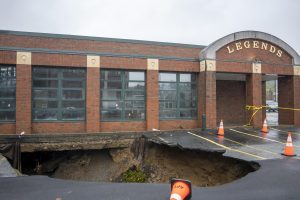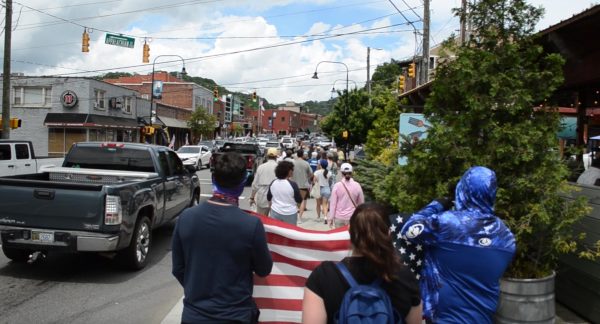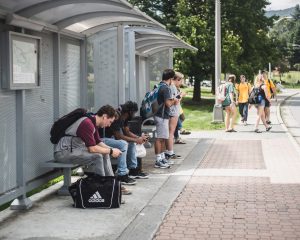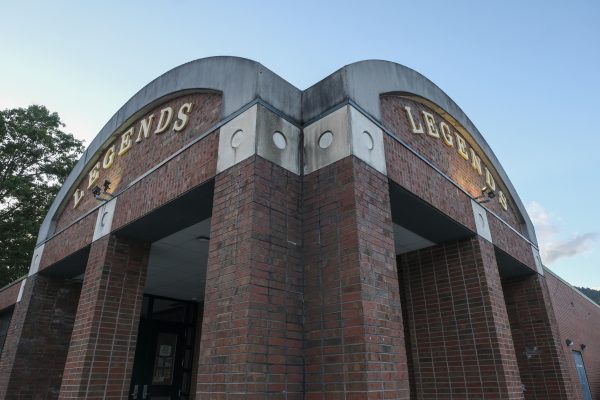Opinion: What do the tunnels mean?
September 18, 2020
When I first came to App State, I thought I had seen everything on campus. From the duck pond to Durham Park, there wasn’t much I hadn’t experienced until I went through the tunnels that connect East Campus to West Campus. I never thought to explore them. Now, I go through these tunnels once a day because it links me to East Campus. I couldn’t help but notice the graffiti decorating these tunnels. I’ve observed three categories of artwork: political activity, creativity and stupidity. Yet, the most intriguing art is political by nature. The graffiti existing within App’s tunnels exists not only as a way for students to express themselves or create a piece of art. Students are now using spray paint to voice their opinions and thoughts on current issues plaguing our state and America.
First, a brief history. In 1965 Darryl “Cornbread” McCray, the world’s first modern graffiti artist, popularized the art form. Rather than take part in drug use and violence with counterparts, Cornbread decided to put his signature on the Youth Development Center (YDC) in Philadelphia, the place where he spent most of his time. Cornbread made it his mission to find as many blank spots as possible to etch his name on. Eventually, his tag inspired others, causing a surge in wall tagging.
“Graffiti can be a springboard for the examination of personal identity, commercial design, social history, and community conflict, says Jessie L. Whitehead, the assistant art education professor at the University of Georgia. The words “community conflict” are what stick out to me the most. These two words sum up the mass artwork being displayed in our tunnels. From Black Lives Matter to the 2020 elections, this community has a lot to say.
As we all know, the Black Lives Matter Movement has been one of the most prevalent topics in mass media these days. Most of the Appalachian community, as well as many other college campuses, have chosen to raise their voices for this cause. Both tunnels at App have at least one Black Lives Matter marking on their walls. This is just one of the many examples of local students taking to art to express their thoughts and opinions.
The mask-wearing argument has become constant on the Appalachian campus. The state required, all residents must wear a cloth face covering when in a public area and remain six feet apart from others on Aug. 27. The App State board wasted no time requiring that every student wear a face covering while on campus as well as in public areas on campus and maintain their distance. However, many students, including the Black at App State collective, believe the Chancellor has been putting financial needs before students and is failing to implement change for minority groups on campus. The “Sheri, wake up” emblem has made its way across campus as a way for students to say, “Enough is enough”.
Lastly, another recurring topic within the tunnels is the 2020 elections and its candidates. I saw plenty of political jargon strewn below my feet and on the tunnel walls when I arrived. Whether a Democrat or Republican, a fair amount of people seem to believe the 2020 election year holds significant value. For many, this is their first time voting. The word “vote” itself has been the trendy topic of interest. Many college students hold significance to voting. According to a study published by Tuft University, college students more than doubled their rate of voting between the 2014 and 2018 midterm elections. Many find this surge of patriotism to be linked to President Trump’s election. Surveys show that college voters who turned out last year for the midterm elections had an opposition towards Trump and instead supported liberal ideologies. I recall one day when I was walking through one of the tunnels and heard two girls in front of me joking about the highly Republican affiliations inside the first tunnel and the more Democrat representation in the other one. Either way, it seems that pretty much every student on this campus has an opinion about this topic, and some just use graffiti to voice it.
A friend of mine recently said, “I don’t get why they(the artist) feel like they should use their freedom of speech to write that.” By “that” she meant erogenous body parts and hateful insults. The fact is, people will be people. None of us will agree on everything each other says. However, the tunnels provide us all with a way to hear each other out. Some artists feel the need to write Bible verses they hold close to their hearts, while others depict their favorite TV shows. No matter what anyone spray paints on these tunnels, they will eventually be replaced with another emblem, quote, or gag. The same can be said about life as well; many have come before us and left their marks in the history books, also known as walls. But, at the end of the day, the words left behind are replaced with a new voice: the voice of a different generation. We must all remember that just because those words were painted over by newer speakers does not mean that the message was lost. In fact, those who left their words behind are the same ones who have inspired the next trailblazers. In conclusion, this truth must be realized–no matter what, as long as people have the ability to think, a can of spray paint will always have a purpose.


